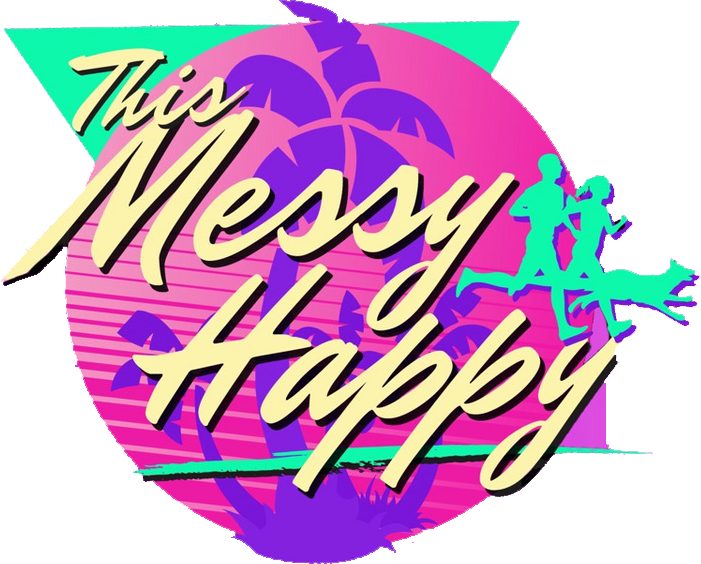How A Coach (Me) Structures Their Training
Training is something deeply personal. What works for one person may not work for another. But there are also some bits i’ve learnt along the way both in my own training and coaching others that I think would help most people.
First off I’m a stats geek. I like data data data and planning planning planning but that is not everyone’s cup of tea. What I thought I’d share with you here is my basic rules for training. For the athletes I coach but also the agreed rules between myself and my own coach.
So if you want to train but you don’t know how to get started and you can’t afford a coach, here are some basic pointers to help you along the way. These are applicable whether you’re interested in swimming, cycling, running, all three or none of them.
Right now I’m training for a couple of 10km runs, a trail marathon, an ultra marathon, the London marathon then an Ironman. In that order (in terms of dates rather than importance).
The first thing I’ve done is planned these races to ensure there is enough time between each to recover. Recovery is as vital as training so underestimate it at your peril.
If actually doing a race or event is not appealing then let’s dial it back a few steps and work out the ‘how’ of structuring training.
Of course every coach will have their own ideas, their own way of structuring your training and will have different levels of receptiveness to other coaches techniques. As a coach myself I believe that it’s fitting the plan to the person and not person to a plan. So I try to be adaptable and keep up with the current information out there. But this is how I like to do it at least.
If you have no particular race or event in mind then consistency is king. This is the case when you do have a race too. But it’s the most important aspect. It’s no good training 14 hours one week only to be too knackered to move the next. Better to do 5 hours per week every week and make those hours count.
So first is work out what type of time you have to train. Craig Lane, a friend and fellow coach sits down with his athletes and writes down their entire week in terms of commitments. Sleep, eating, work, down time and everything else. This leaves him with an amount of hours not taken up. Let’s say it’s 20 (its at this point every athlete gets excited and says “yes that’s awesome I have 20 hours to train”) at which point Craig will at least halve it if not cut it by two thirds.
Time doesn’t work as easily as that. But once you have some time you can work on this rough basis. Ensure at least 1 day off per week. And be careful with intensity. If you do a particularly hard session one day, consider either reducing the intensity the next or taking a rest day.
I like to work in 4 week blocks. 3 weeks of work/training. Then a week of reduced volume to allow all of these juicy training effects to take hold and cause physiological adaptations to make you stronger, faster, fitter.
What so many people don’t appreciate is that it is the resting and recovery when you’re growing stronger. Not the training. The training is causing the stress and damage to your body. It repairs when you rest. And it repairs stronger to deal with that stress the next time.
Now I could go down a huuuuge rabbit hole when it comes to periodising training and how to peak for an event etc but I want to keep this blog as simple as possible. So essentially just try to make sure each training block is a little bit harder somehow than the last one. Progressive overload. It can be slightly more hours, slightly higher intensity. All very much dependent on what you’re doing in the first place.
If you’re training for a marathon then continually increasing intensity might not be right for you and conversely, increasing your overall training time might not be the best use of your training time if you’re training for a sprint triathlon. The intensity of the sessions might need tweaking instead.
There are no hard and fast rules here. Just suggestions and guidance. I would suggest for more in depth help look in to joining a club or hiring a coach.
The key takeaways for better training though are;
Consistency
Structure (rest days, hours training and ensuring a recovery week in blocks)
Progressive Overload
Respecting the rest periods
The last thing is to leave your ego at the door. Real quality training has no time for ego driven sessions where you just try to smash yourself and get faster every time. Or cannot resist racing people at a club track session. I believe ego is one of the biggest limiting factors to performance that I have seen as a coach. “I can work through this injury” and “i’ll just do a time trial of the course each week to see if I'm getting faster” are classics.
Hopefully that will add a little value to you and you can go away and start putting some structure together to make you feel like you have added purpose in to your training. Unless you just want to go out and run, whenever you want, for the enjoyment of it, because that’s fine too! Good luck. And if you ever want advice, you know where to find me.
